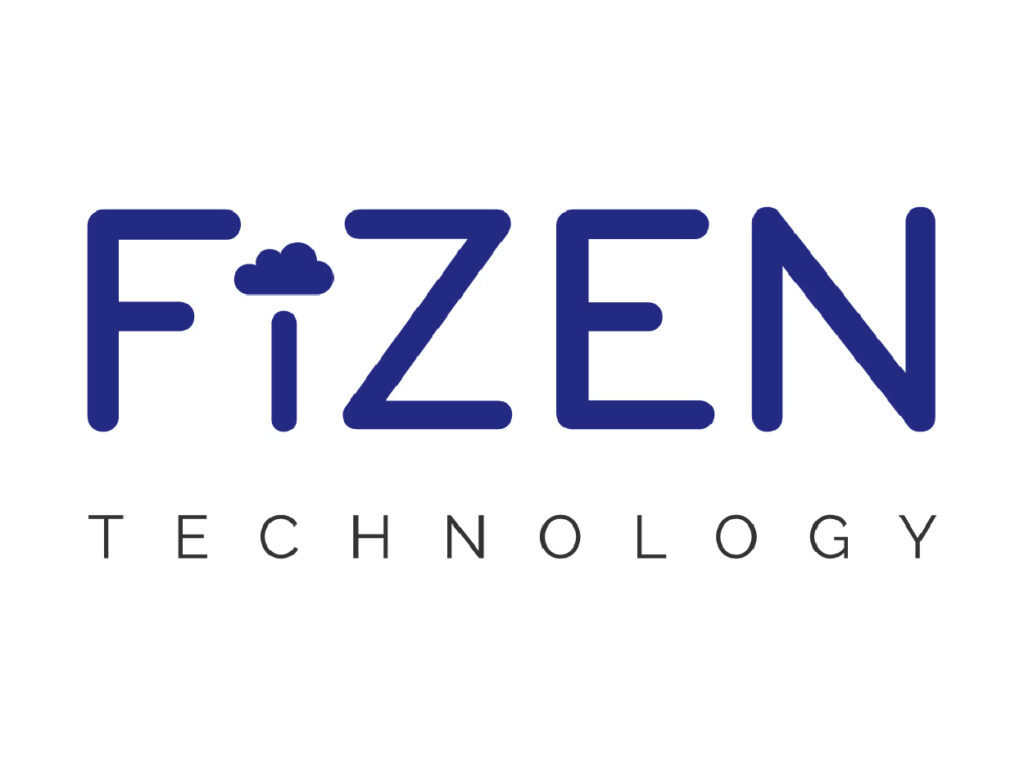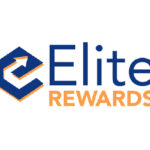A Critical Cybersecurity Practice Every Business Should Implement Today
In 2024, cybercriminals successfully compromised over 2.6 billion accounts worldwide. Yet there’s one simple security measure that could have prevented 99% of these breaches, according to Microsoft’s security research team. It takes less than a minute to set up, costs nothing, and could save your business from a devastating cyberattack.
We’re talking about Multi-Factor Authentication (MFA) – and if you haven’t implemented it across your entire organization yet, you’re leaving the door wide open to cybercriminals.
What Is Multi-Factor Authentication?
Multi-Factor Authentication (also called MFA or Two-Factor Authentication/2FA) is a security method that requires users to verify their identity using two or more different types of credentials before accessing an account or system.
Think of it like accessing a bank safety deposit box: you need both your key AND the bank’s key. Neither one works alone.
The three main types of authentication factors are:
- Something you know – A password, PIN, or security question
- Something you have – A smartphone, security token, or smart card
- Something you are – Biometric data like fingerprints, face recognition, or voice patterns
MFA requires at least two of these factors, making it exponentially harder for cybercriminals to break into your accounts – even if they’ve stolen your password.
Why Your Password Alone Isn’t Enough Anymore
Here’s the uncomfortable truth: passwords are failing us.
Consider these alarming statistics:
- 81% of data breaches involve stolen or weak passwords (Verizon Data Breach Report)
- The average person reuses the same password across 13 different accounts
- Over 24 billion username and password combinations are currently circulating on the dark web
- A strong 12-character password can now be cracked in less than an hour using modern computing power
Cybercriminals don’t need to be sophisticated hackers anymore. They simply buy stolen credentials in bulk for pennies on the dark web, or use automated tools to test millions of password combinations per second.
Even your “strong” passwords aren’t safe from:
- Phishing attacks that trick users into revealing credentials
- Keyloggers installed through malware
- Data breaches at third-party services
- Social engineering tactics
- Brute force attacks using AI-powered tools
How MFA Protects Your Business
When MFA is enabled, a cybercriminal who has stolen your password still can’t access your account because they don’t have the second factor – typically your phone or biometric data.
Here’s a real-world scenario:
Without MFA:
- Employee clicks on a phishing email and enters their credentials on a fake login page
- Cybercriminal now has their username and password
- Cybercriminal logs into your systems and begins stealing data or deploying ransomware
- Your business faces a costly breach
With MFA:
- Employee clicks on a phishing email and enters their credentials on a fake login page
- Cybercriminal tries to log in with the stolen credentials
- System requests the second authentication factor (a code sent to the employee’s phone)
- Cybercriminal doesn’t have access to the employee’s phone
- Login attempt fails. Your business is protected.
The Real-World Impact: Case Studies
Case Study 1: Preventing Ransomware A mid-sized construction firm in New Jersey narrowly avoided a ransomware attack when MFA blocked an unauthorized login attempt to their Office 365 administrator account. The attacker had obtained the password through a phishing campaign but couldn’t bypass the authentication app requirement. The attempted breach was detected, passwords were reset, and the company avoided what could have been a $2.3 million ransom demand.
Case Study 2: Municipal Government Protection After implementing mandatory MFA across all employee accounts, a municipal government saw attempted unauthorized access attempts drop by 94% within six months. The few attempts that did occur were immediately blocked and flagged for security review.
Implementing MFA: A Practical Guide
Step 1: Start with Critical Accounts
Prioritize MFA implementation for:
- Email accounts (especially administrators)
- Financial systems and banking
- Cloud storage and file sharing services
- VPN and remote access systems
- Administrative and privileged accounts
- Customer database access
Step 2: Choose Your MFA Method
Best Options:
- Authenticator Apps (Microsoft Authenticator, Google Authenticator, Authy) – Most secure and convenient
- Hardware Security Keys (YubiKey, Titan Security Key) – Highest security for critical accounts
- Biometric Authentication (fingerprint, facial recognition) – User-friendly and increasingly common
Acceptable but Less Secure:
- SMS Text Messages – Better than nothing, but vulnerable to SIM-swapping attacks
- Email Codes – Only if the email itself is protected by a stronger MFA method
Avoid:
- Security Questions – These are not true MFA and can often be guessed or researched
Step 3: Create an MFA Policy
Your organization needs a clear MFA policy that includes:
- Scope: Which systems and accounts require MFA (aim for 100%)
- Enrollment deadline: When all users must have MFA activated
- Accepted MFA methods: Which authentication methods are approved
- Backup procedures: What happens if someone loses their phone or security device
- Emergency access: How critical systems can be accessed during MFA failures
- Enforcement: Consequences for non-compliance
Step 4: Train Your Team
The best security measures fail if users don’t understand or accept them. Your MFA training should cover:
- Why MFA is necessary (use real breach examples)
- How to set up MFA on their devices (provide step-by-step guides)
- What to do if they receive an unexpected MFA request (possible sign of an attack!)
- How to use backup codes safely
- Who to contact if they have MFA issues
Pro Tip: Create quick reference cards and video tutorials. Most users can set up MFA in under 5 minutes once they understand the process.
Step 5: Plan for Edge Cases
Common challenges and solutions:
- “I lost my phone!” – Require users to save backup codes in a secure location
- “I’m traveling internationally without cell service” – Use authenticator apps that work offline
- “Our field workers don’t carry smartphones” – Consider hardware security keys or dedicated devices
- “Legacy systems can’t support MFA” – Isolate these systems and require additional network-level security
Common MFA Mistakes to Avoid
1. Making MFA Optional
If MFA is optional, most users won’t enable it. Make it mandatory, starting with high-risk accounts.
2. Only Protecting Some Accounts
Cybercriminals look for the weakest link. A single unprotected account can be the entry point for a major breach.
3. Allowing SMS as the Only Option
While SMS-based MFA is better than nothing, it’s vulnerable to SIM-swapping attacks. Offer authenticator apps or hardware keys as primary options.
4. Forgetting About Service Accounts
Don’t overlook automated systems, API keys, and service accounts. These need protection too, often through certificate-based or hardware-based authentication.
5. No Communication or Training
Surprise MFA rollouts create frustration and helpdesk chaos. Communicate early, train thoroughly, and provide ongoing support.
6. Ignoring User Experience
If MFA is too cumbersome, users will find workarounds. Balance security with usability – modern MFA solutions can remember trusted devices and use risk-based authentication.
Advanced MFA: Taking It to the Next Level
Once you have basic MFA implemented, consider these advanced strategies:
Adaptive/Risk-Based Authentication
Modern MFA systems can assess risk factors like:
- Login location (is this a new country?)
- Device recognition (is this a known device?)
- Time of day (logging in at 3 AM when they normally work 9-5?)
- Network analysis (is this a suspicious IP address?)
High-risk scenarios trigger additional authentication challenges, while routine access from trusted devices can be streamlined.
Passwordless Authentication
The future of authentication eliminates passwords entirely, relying on:
- Biometrics + device recognition
- Security keys + PIN
- Certificate-based authentication
Microsoft, Google, and Apple are all pushing toward passwordless solutions as the ultimate security upgrade.
Conditional Access Policies
Create rules that enforce different security requirements based on:
- User role and privileges
- Data sensitivity being accessed
- Location and network
- Device compliance status
For example: accessing financial data from an unmanaged device outside the office might require MFA plus manager approval.
Measuring MFA Success
Track these key metrics to evaluate your MFA implementation:
- MFA Enrollment Rate – Target: 100% of active accounts
- Blocked Unauthorized Access Attempts – Shows MFA preventing breaches
- Failed MFA Challenges – May indicate attack attempts or user issues
- MFA-Related Helpdesk Tickets – Should decrease after initial rollout
- User Compliance Rate – Percentage using approved MFA methods
- Time to MFA Setup – Should be under 5 minutes per user
The Bottom Line: MFA Is Non-Negotiable
In today’s threat landscape, asking “Should we implement MFA?” is like asking “Should we lock our doors?” The answer is obvious.
The real questions are:
- How quickly can we get to 100% MFA coverage?
- Which MFA methods best balance security and usability for our organization?
- How do we ensure our team embraces rather than resists this critical security measure?
Multi-Factor Authentication isn’t just a best practice – it’s become a baseline requirement for cyber insurance, compliance frameworks (like CMMC, SOC 2, and PCI-DSS), and business partnerships. Organizations without MFA are increasingly seen as too risky to work with.
Take Action Today
Don’t wait for a breach to force your hand. Here’s your MFA action plan:
This Week:
- ✅ Audit which of your critical systems currently have MFA enabled
- ✅ Identify gaps in your MFA coverage
- ✅ Enable MFA on your own accounts immediately (lead by example)
This Month:
- ✅ Deploy MFA for all administrator and privileged accounts
- ✅ Roll out MFA to all email accounts
- ✅ Create your organization’s MFA policy
- ✅ Schedule training sessions for your team
This Quarter:
- ✅ Achieve 100% MFA enrollment across all systems
- ✅ Review and optimize MFA methods being used
- ✅ Test your backup and recovery procedures
- ✅ Assess additional systems that need MFA protection
Need help implementing MFA across your organization? Contact our team for a complimentary security assessment. We’ll identify your vulnerabilities, recommend the right MFA solutions for your environment, and guide you through a smooth implementation that your users will actually embrace.
Remember: The best time to implement MFA was yesterday. The second-best time is today.
Have questions about MFA or other cybersecurity best practices? Reply to this newsletter or contact Ikwo Ibiam at 813-278-7771 or [email protected]. We’re here to help keep your organization secure.








